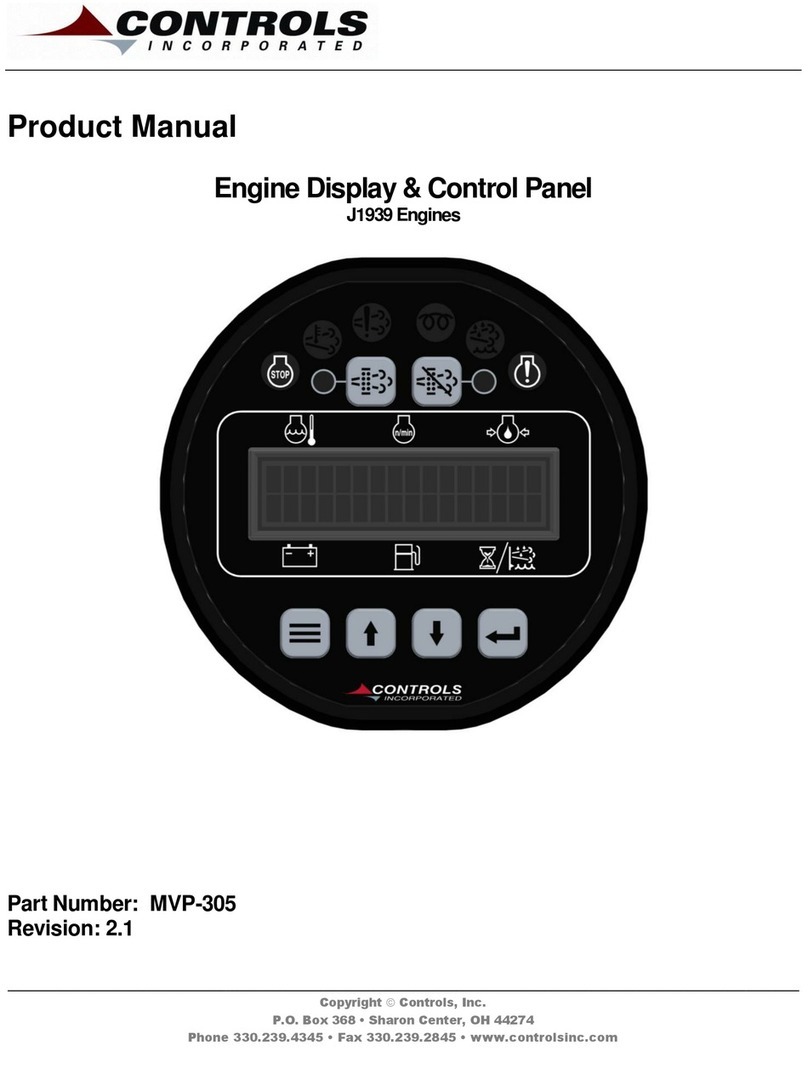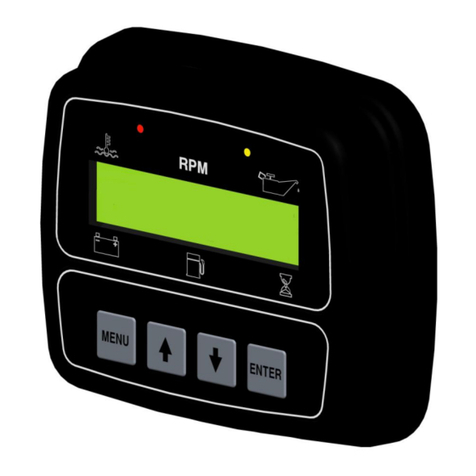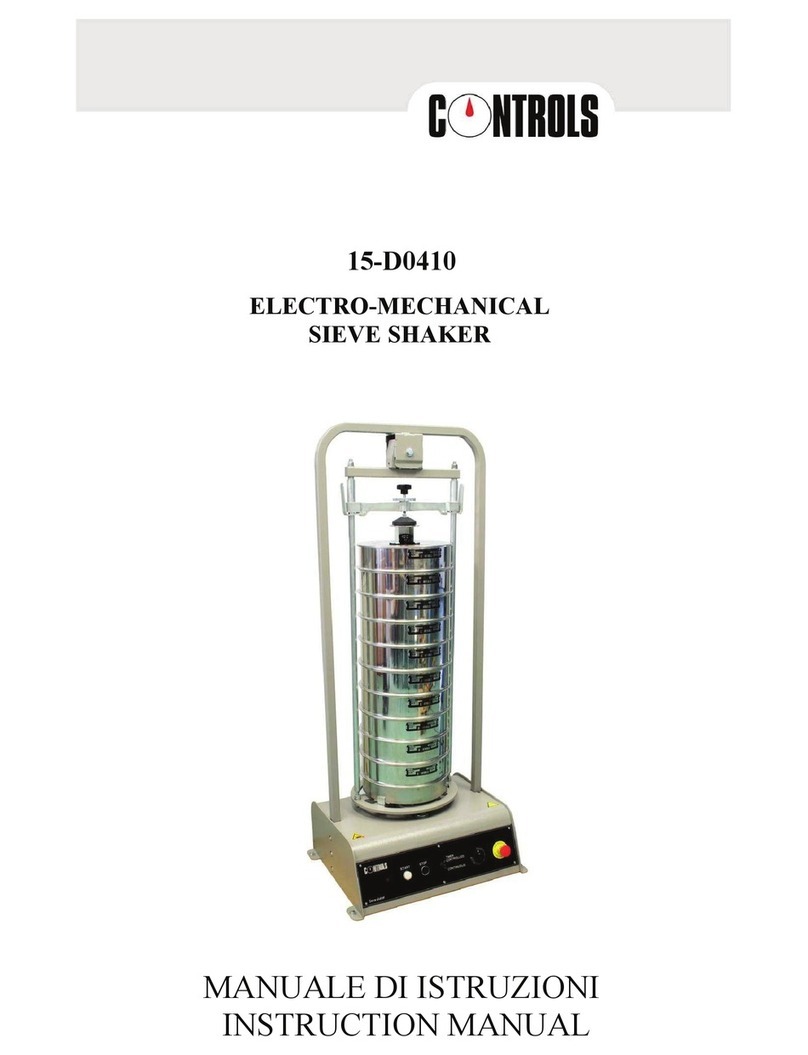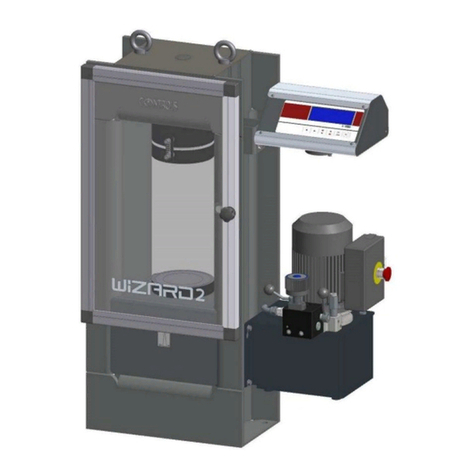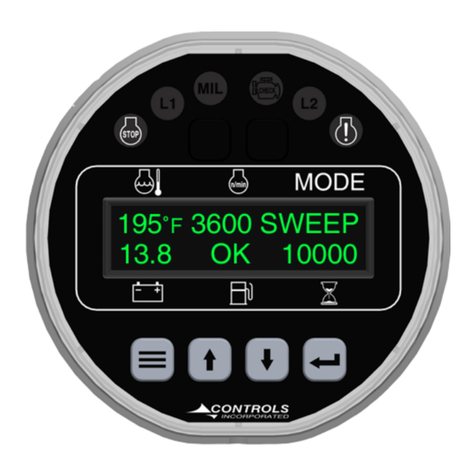
CONTROLS, INCORPORATED
C O N T R O L S Y S T E M S & S O L U T I O N S
- 1 -
TABLE OF CONTENTS
QUICK SET UP……………..………………………………………….…………………..……………………………….……………….…………...2
PRIOR TO STARTING ENGINE………………..……………………………………………………………….……………….…………...3
ENGINE TYPE: MECHANICAL VS. J1939 ENGINE
MANUAL OPERATION THROTTLE SETTINGS
STARTING THE ENGINE………………………………..………………………….………………………………………….………..…….....5
MANUAL START/STOP
PANEL CONNECTORS…………………………………...……………………………………………………………….………………………6
ENGINE HARNESS CONNECTOR
TRANSITION HARNESS FOR MECHANICAL ENGINES…….....……………...……………………………………….…7
MODULE CONNECTORS……………………………………………………………………………………………….…….……………….…8
ENGINE ALARMS, CODES AND MESSAGES…………………………………………………………………………….........10
ENGINE ECU ALARMS/DE-RATE/SHUT DOWNS
PANEL ALARM ANNUNCIATION AND CODE READER
PANEL INDICATION LAMPS
ACTIVE AND STORED ENGINE ECU CODES
CONTROL PANEL SPECIFIC ALARMS AND SHUT DOWNS………………………………………….……………12
CONTROL PANEL SPECIFIC SAFETY ALARMS
CONTROL PANEL ANALOG AND DIGITAL INPUTS………………………………………………………………………13
ANALOG INPUTS
DIGITAL INPUTS
CONTROL PANEL RELAY OUTPUTS…………………………………………………………………..……………………….....…15
MENU SYSTEM……………………………………………………………………………………………..…………………………………….……16
MENU ACCESS, EXIT AND NAVIGATION
MENUS SYSTEM STRUCTURE (VIEWING & CONFIGURATION MENUS)
VIEW MENUS
CONFIGURATION MENUS
COMMUNICATIONS……………………………………………………………………………………..…………………………………….……23
CAN BUS
BATTERY BACKUP……………………………………………………………………………………..…………………………………….……24
EMISSIONS MONITORING…………………………………………………………………………………………………….……………....25
EMISSIONS INFORMATION
REGENERATION
STANDARD REGENERATION
SERVICE LEVEL REGENERATION
REGEN INHIBIT






